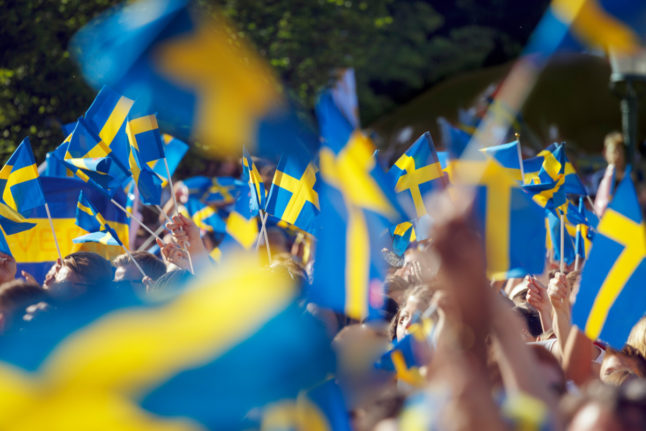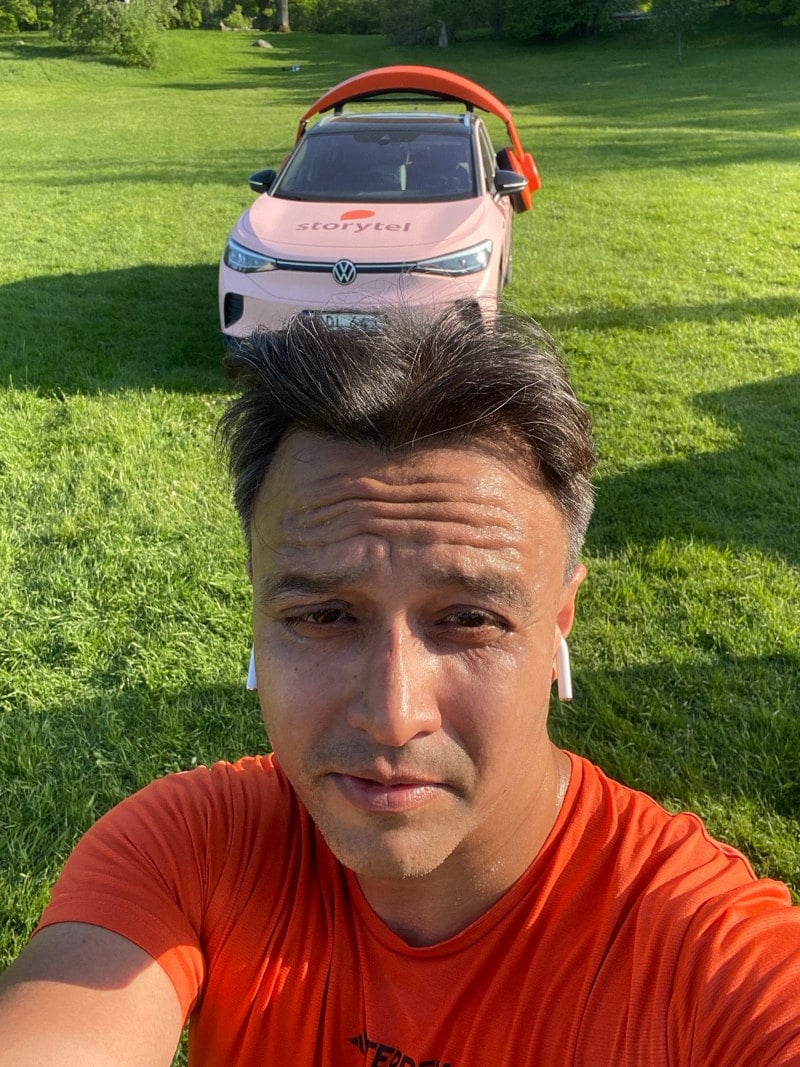For most immigrants, language barriers are a fact of life. Whether that’s trying to decipher the syllables of a Swedish sentence as a new learner or being met with a blank stare when we try to order a coffee for the first time in Swedish, it’s a natural part of getting to know a new country.
Swedes, on the other hand, seem to find language barriers intensely awkward, doing whatever they can to either avoid them or pretend they don’t exist.
One example is a new learner of Swedish speaking a heavily accented or grammatically incorrect version of the language, which may be difficult to understand. Often, a Swede facing this scenario will switch to English or plough through the conversation pretending they understand the other person’s broken Swedish, either out of fear of offending or in order to save face.
Neither of these solutions are really ideal, as they both deprive the new learner of Swedish a chance to improve, which perpetuates the language barrier itself, and can even make communication impossible if the person speaking broken Swedish doesn’t understand any English at all.
How will you ever learn that you’re saying something wrong in Swedish to the extent that it’s incomprehensible if everyone around you just pretends they understand you or never corrects you?
This also applies to pan-Scandinavian communication, where journalist and author Alex Schulman is firmly in the “switch to English” camp.
In a recent article in Dagens Nyheter, Schulman mentions attending a book fair in Copenhagen, where he struggled to communicate with his Danish editor in the taxi from the airport. This inability to understand Danish only becomes more obvious when he gets up on stage for an interview in Danish.
“It was parodical, obviously. The interviewer asked questions, which I didn’t understand, and then I answered completely different things in Swedish, which she didn’t understand, in front of an audience who didn’t understand anything,” he writes.
He mentions this like it’s a funny anecdote – and to be fair, he might be exaggerating for comedic effect – but I can’t help but feel it would have been better for everyone if he’d just been honest about the language barrier in advance, instead of going all the way to Copenhagen to apparently waste the time of his editor, interviewer and audience by clearly not being able to communicate with them.
Now, my issue is not that he can’t understand Danish – the two languages are considered mutually intelligible, but in reality many Scandinavians find it hard to understand each other without making any effort – but surely he knew in advance that they would be speaking Danish?
Would it not have been better to say “hey, I’m not great at Danish, so you might need to speak a bit slower, or is it possible for you to repeat some of the questions in English?”, or to listen to a few Danish podcasts or radio shows in advance to get an ear for the language, instead of just pretending to know what everyone is saying?
READ ALSO:
- Why don’t Scandinavians try harder to understand each other?
- How to turn the one Scandinavian language you are learning into three
Isn’t the best response when meeting a language barrier working together to overcome it?
I saw a great example of this in an unlikely place – the new series of Swedish gardening show Trädgårdstider.
Former host Tareq Taylor, a Swede, had to move to Stockholm last year and drop out of the show, which is filmed hours away in Skåne. His replacement is Danish chef and TV presenter Adam Aamann, who doesn’t speak Swedish. The other three hosts, Malin Persson, Pernilla Månsson Colt and John Taylor (no relation), don’t speak Danish, they speak Swedish.
Of course, the group could have switched to English when Aamann was around, but in a preview for next week’s episode (Tuesday 8pm on SVT1 or SVTPlay), I found it refreshing how public broadcaster SVT has chosen to stand up for Scandinavian mutual intelligibility, with the Swedes speaking Swedish and the Dane speaking Danish (with Swedish subtitles for viewers at home, but it’s a start at least).
This isn’t without its issues – Taylor and Aamann have a moment of confusion when trying to figure out what different vegetables are called in each language – but instead of giving up entirely, they work together to overcome the barrier.
Sure, they use English as a helping hand in communication – Taylor, who is English, gives Aamann the English name of one vegetable when he realises Swedish isn’t working – but once they’ve figured out the issue, the pair switch back to their Scandinavian languages.
This also has an extra benefit for both of them, as not only do they get over the linguistic hurdle, but in not switching directly to English they also learn the word for the vegetable in question in each other’s languages too, meaning that they won’t come across this particular language barrier with each other or with another speaker of Danish or Swedish again.
It also takes the audience into account – instead of switching to English and alienating any viewers who don’t speak it, they stick to their Scandinavian languages and will hopefully increase the Swedish audience’s understanding of Danish, too.
In Schulman’s article, he describes his relief when the new Danish coach of the Swedish football team, Jon Dahl Tomasson, announced that he was planning to speak English, instead of Danish, in press conferences in Sweden.
“It was so refreshing, because suddenly, there he stood – a Dane who you could understand for the first time in your life.”

“I’ve been so happy that I’m at the point of tears, because I think Tomasson’s decision could set a new standard, I think this will give Swedes confidence. We’re building a new relationship with Denmark now, and in that relationship the language we use is English. It’s a relationship where we understand each other for the first time,” he writes.
I’m glad Schulman can understand a Dane for the first time, but I think he’s missing the point somewhat.
If Swedes and Danes speaking their own languages actively tried – together – to understand each other when they come across language barriers between the two languages instead of immediately turning to English, they’d be much better at actually understanding each other’s language in the first place, and the shared work to overcome the barrier would probably bring them closer, too.
English can be a useful tool to aid comprehension, but if you just switch to it whenever you come across the smallest amount of resistance in a conversation, you’re perpetuating language barriers when you could be breaking them down together.
Language barriers are an opportunity rather than an embarrassing moment we should pretend to ignore. We’ll only learn how to speak to each other in a way that everyone understands if we’re honest with each other about the communication issues we have.





 Please whitelist us to continue reading.
Please whitelist us to continue reading.
🙂🦻👄🧕👳💂😁 , we are going to hieroglyphics, again